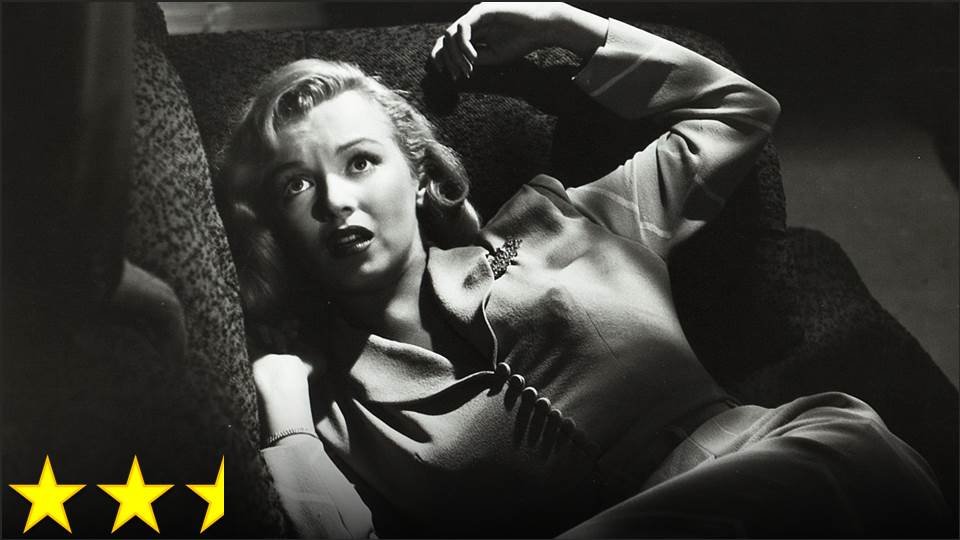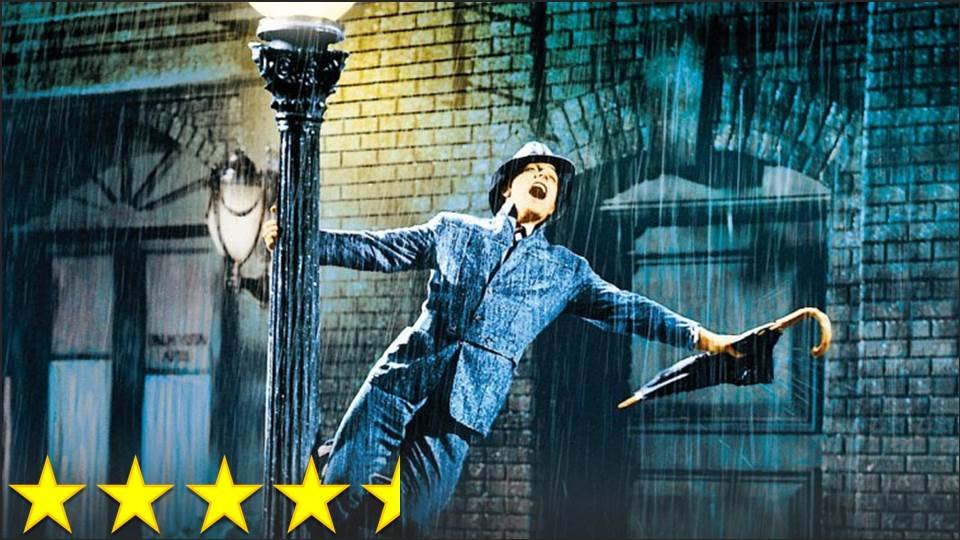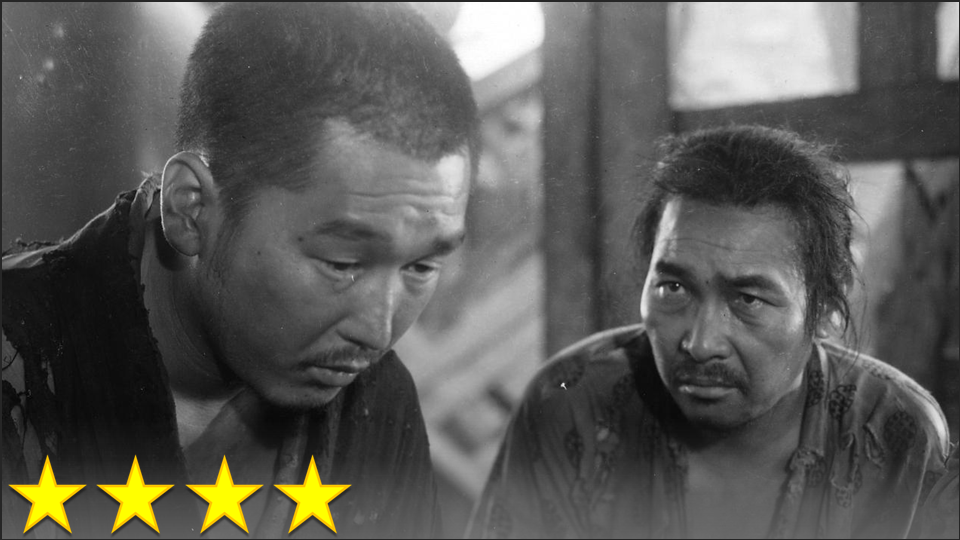(SPOILER ALERT)
It’s surprising to me just how much better this film is on my second viewing – how much easier it is to follow and enjoy watching it after having already seen it before. That’s not to say I really liked it the second time I watched it – in fact I never finished watching it a second time – but it is easier to appreciate. The film has a structure that’s hard to work out on the onset, and the first few minutes of the film give the impression that the story will follow the perspective of the police officers more than the criminals. Without any clear protagonist, and with an ensemble cast with intricate relationships, it’s easy to get lost in the story, as I did when I first started watching it. There’s also the fact that I generally have little interest in crime and heist films, which made me hope for better motivations behind the characters’ actions so I could have an easier time getting invested. On the second viewing, however, it has become clear to me that this film is very careful and detailed, making it rather fascinating. I’m particularly fascinated by the role of women in the film.
I think it is quite safe to say that the filmmakers planned on having a mostly male audience, seeing as how the main characters in the film (or at least the ones who push the plot along) are men, so the film looks at women from a few male perspectives. There seems to be a dichotomy presented between the “good life,” represented by adhering to domestic norms, and the wrong way of living, represented by inappropriate lust (or, to a lesser extent, greed). The professor seems to have no interest in settling down with a wife – his ideal retirement is chasing the pretty Mexican girls around in the sunshine. The film seems adamant about making the point that greed, lust, and criminality are all in the same family of things that ought to be avoided, and it is no surprise that Doc’s lust becomes his undoing. Similarly, Emmerich’s affair seems to be at the very least related to his unhappy ending. When Bob Brannom suggests that Emmerich went broke because of Angela (Marilyn), Emmerich denies it, saying it was his extravagant way of living, but I argue Emmerich would have no need for his many properties if he didn’t need places to have his affair. “Doll” tries to pull Dix into the conventional, domestic, married life, but he inexplicably resists, instead pining after the horses of his home.
Interestingly, the film only touches on the subject of how crime can hurt one’s family. The brief memorial service scene seems to mostly serve the function of reminding the audience of the consequences of criminal behavior, which is a message the film probably needed to drive home quite severely in order to get approved. If a big proponent of Sobchack were to try to figure out why a family would be brought into this film, it seems that the reasons would be purely functional: to raise the stakes so the drama of the heist is more interesting, and to help the film get its approval. I can’t help but wonder how entirely different the film would be if one woman had been involved in the heist itself and how the perspective on women the film presents might completely change.
Unfortunately, a film that’s fascinating in hindsight is not the same as one that’s entertaining from the start, which is really what I was hoping to see. Some of the characters are really good and leave a strong impression, and I think that’s largely due to the great performances from Sam Jaffe, Jean Hagen, and of course Marilyn, but somehow this isn’t enough to keep the film interesting. I recognize that it’s a well-made film in many respects, but it’s not my kind of thing. I think I’ll have to finish my second viewing sometime, or maybe even watch it a third time, because as of right now, I’m wondering if I’ll ever decide if the film’s ending is an unsatisfying bummer or a work of poetic genius.





